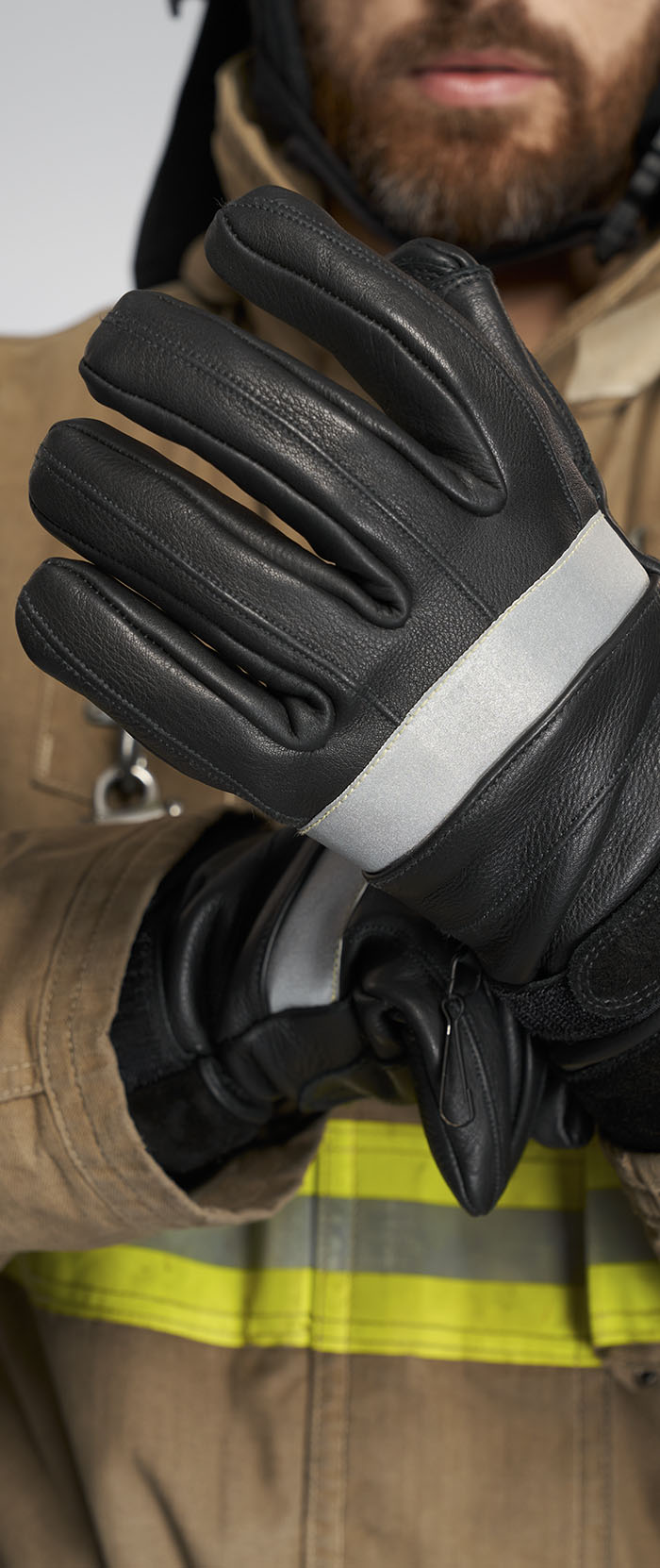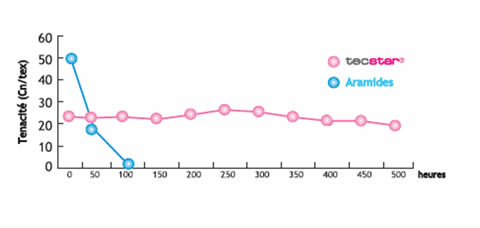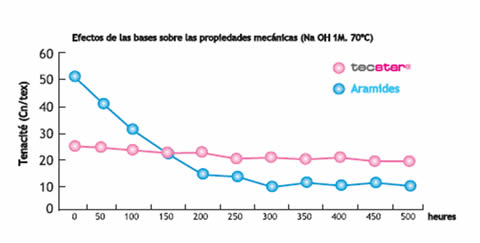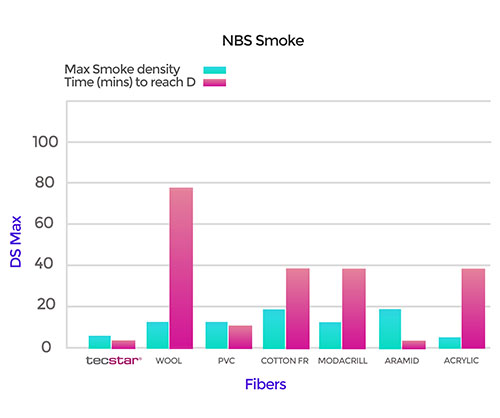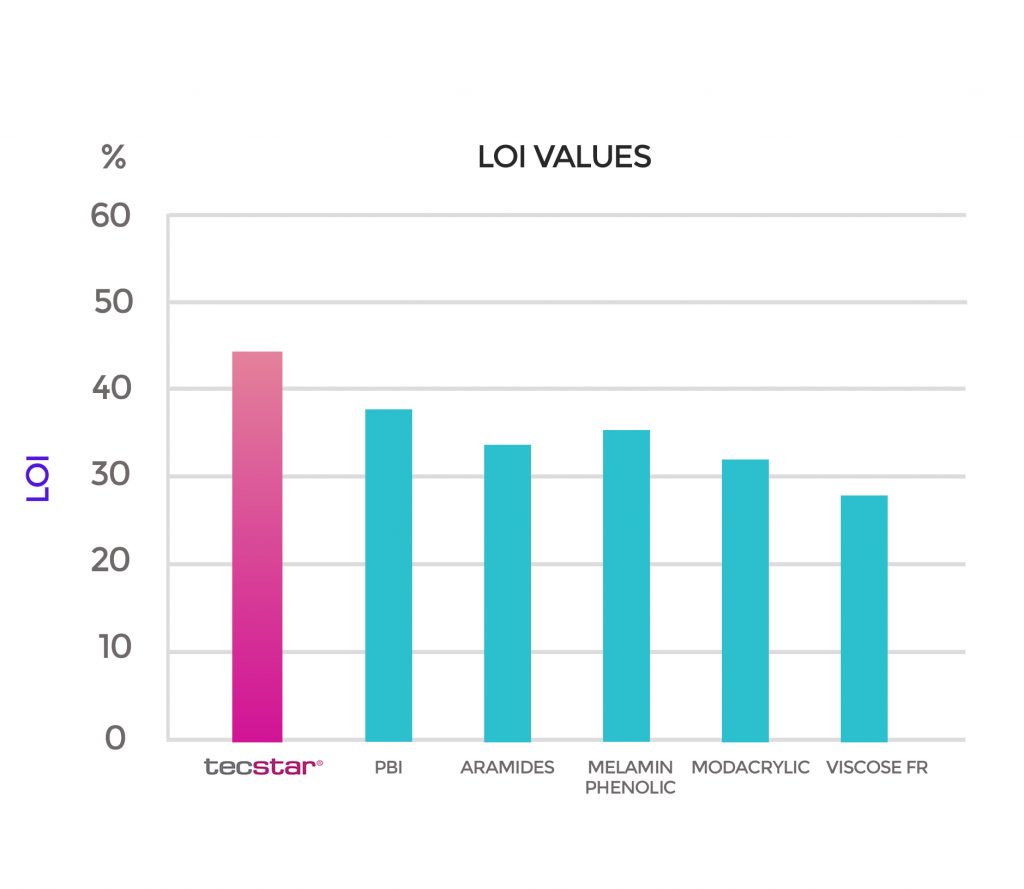Menu
- ABOUT US
- PRODUCTS
 CHEMICAL DIVISIONPERSONAL CARE
CHEMICAL DIVISIONPERSONAL CARE
 TEXTILE DIVISION
TEXTILE DIVISION - SUBSIDIARIES
- NEWS
- CONTACT
- ABOUT US
- PRODUCTS
 CHEMICAL DIVISIONPERSONAL CARE
CHEMICAL DIVISIONPERSONAL CARE
 TEXTILE DIVISION
TEXTILE DIVISION - SUBSIDIARIES
- NEWS
- CONTACT





